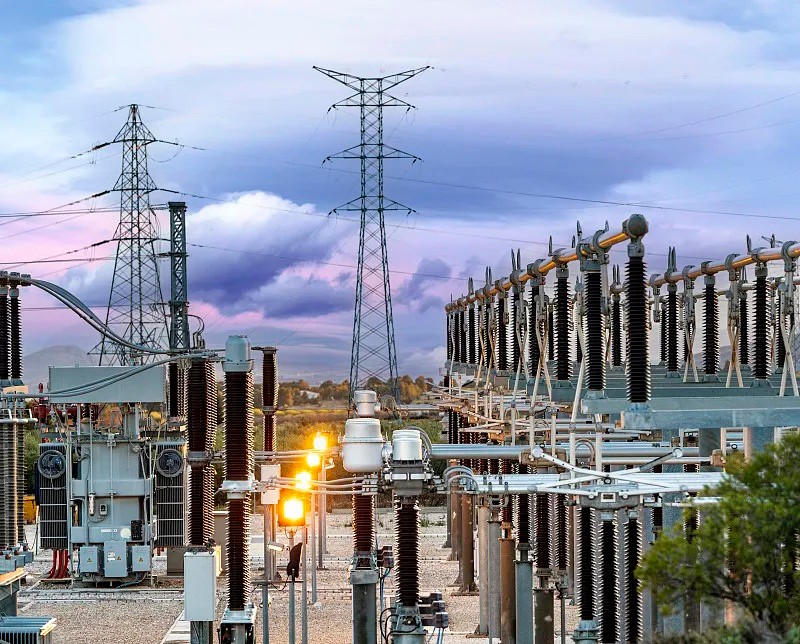SF6 Gas Density Sensor: Definition & Working Principle
Jul 31, 2025
1. What is an SF6 Gas Density Sensor?
An SF6 gas density sensor is a device used to monitor the density (or pressure) of SF6 gas in high-voltage electrical equipment. Since SF6 is a critical insulating and arc-quenching medium, maintaining proper gas density ensures safe and efficient operation.
2. Why Measure SF6 Gas Density?
l Prevents insulation failure: Low SF6 density reduces dielectric strength, risking short circuits.
l Ensures arc suppression: SF6 gas must be at optimal pressure to extinguish electrical arcs.
l Leak detection: Monitors gas loss due to leaks (common in aging equipment).
3. How Does It Work?
SF6 gas density sensors typically use pressure and temperature compensation to calculate true density (since gas pressure varies with temperature).
Two common sensing technologies:
(1) Piezoresistive (Strain Gauge) Sensors
Principle: Measures gas pressure via a diaphragm with embedded strain gauges.
Pressure bends the diaphragm → changes electrical resistance → converted to a density reading.
Pros: High accuracy, robust for industrial use.
Cons: Requires temperature compensation.
(2) Capacitive Sensors
Principle: Uses a gas-filled chamber with two conductive plates.
SF6 density changes → alters dielectric constant → changes capacitance → converted to density.
Pros: No moving parts, long lifespan.
Cons: Sensitive to contamination.
4. Temperature Compensation (Key Feature)
SF6 (sulfur hexafluoride) is a commonly used insulation and arc extinguishing medium in high-voltage electrical equipment such as circuit breakers and GIS switches. Due to the fact that gas pressure varies with temperature, measuring pressure alone cannot accurately reflect gas density. Therefore, temperature compensation is the core function of SF6 density sensors, ensuring that the equipment can obtain true density values at any ambient temperature, rather than pressure readings affected by temperature.
5. Typical Applications
l High-voltage circuit breakers (GIS, GCB).
l Gas-insulated transformers.
l Substation monitoring systems.
6. Why This Matters for Buyers
l Safety: Prevents equipment explosions due to low SF6.
l Cost-saving: Early leak detection avoids unplanned outages.
l Compliance: Meets IEC 62271-203 (GIS standards).
For high-voltage applications, always choose temperature-compensated sensors with robust sealing (IP67).
Would you like details on installation or calibration?
